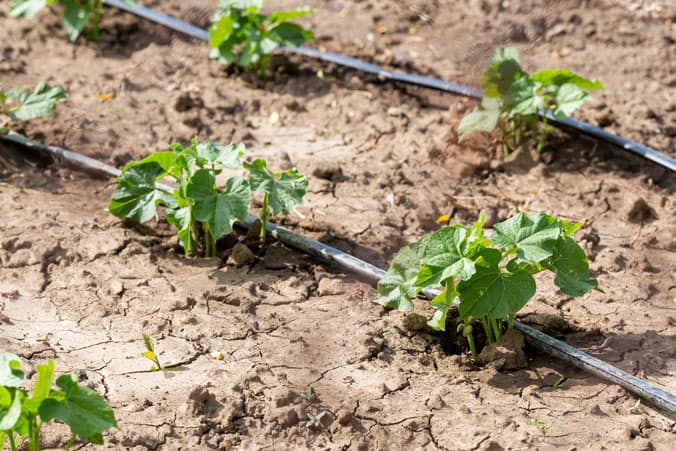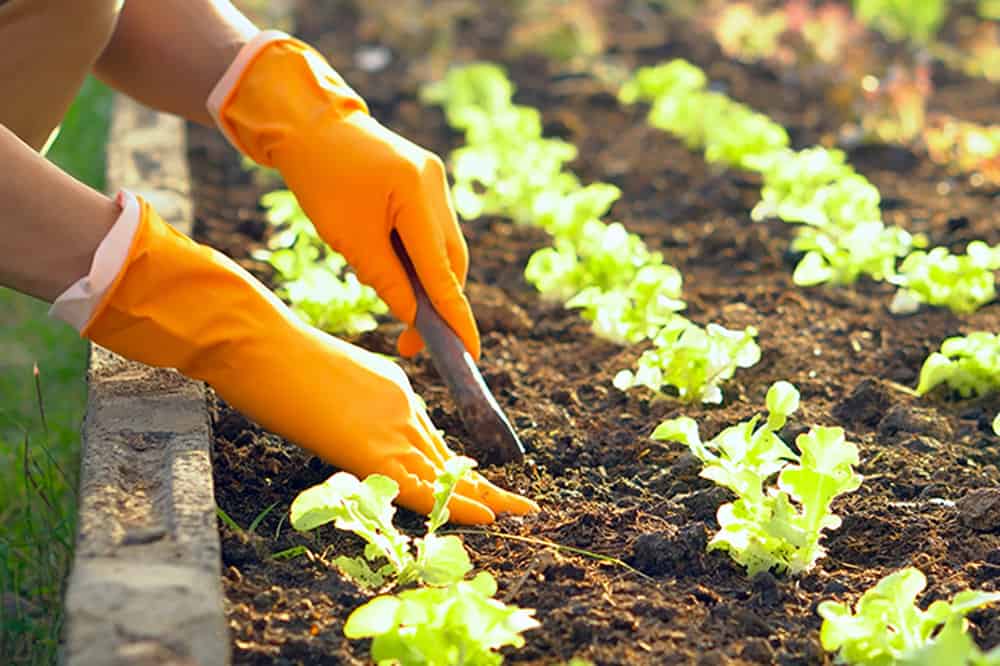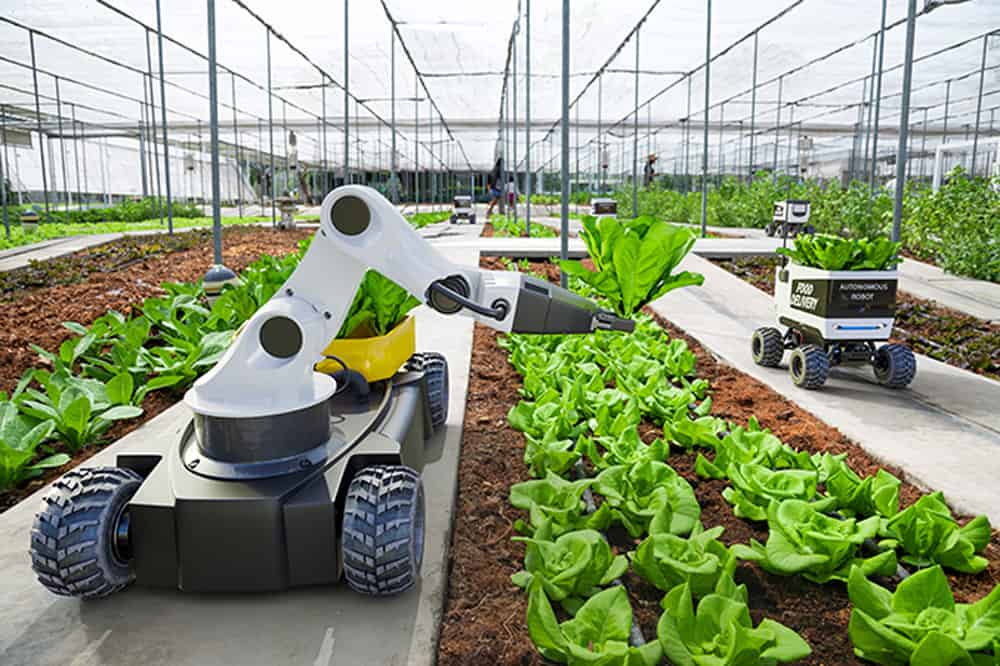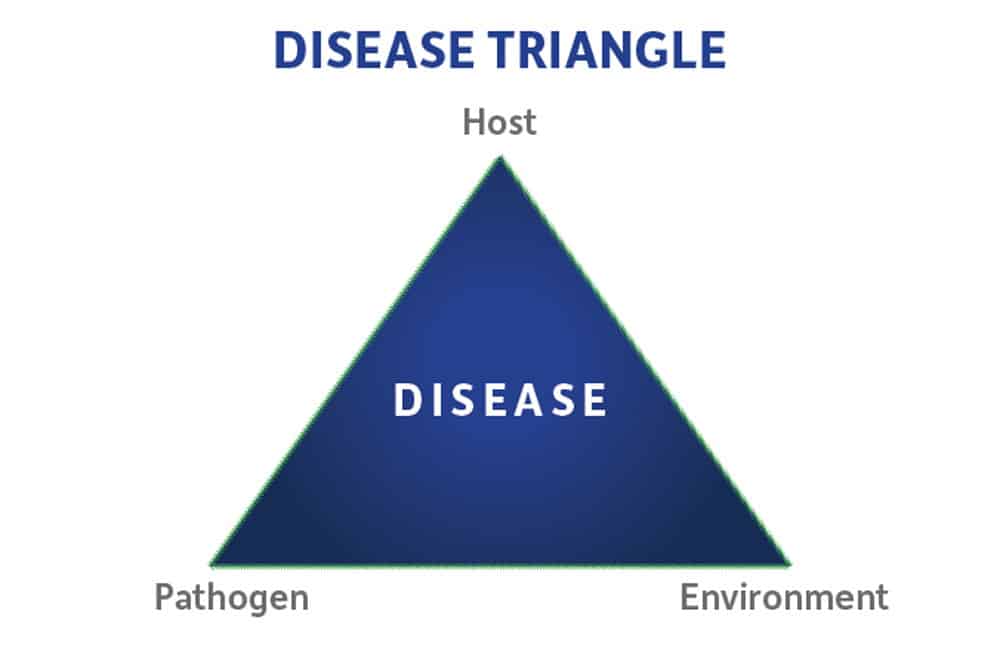The environment in which a plant grows can make a big difference in crop harvest – all farmers know this. Any environmental factor that isn’t ideal can limit crop quality and yield.
With strong seed technology in the marketplace, most plant problems growers see today are the result of environmental stresses, explains researchers at the Oregon State University Extension.
So, understanding how to best manage environmental conditions can reduce plant stress overall, ensuring a better harvest at the end of the growing season.
What External Factors Impact Plant Growth?
The external factors that affect plant growth and hormones are unpredictable and variable most of the time. Things like weather, soil conditions, and pest pressures all can create environments that growers need to adjust to throughout the growing season to protect their crop’s yield and overall quality.
For instance, light is one environmental factor that impacts plant growth. The more sunlight a plant gets, the more it can produce food via photosynthesis. Light quality and duration are important to consider, and the needs vary from crop-to-crop. And while we can’t control the sun, we can predict sunrise and sunset patterns through weather forecasting, so getting crops the correct exposure to light they need is more easily planned.
But other environmental factors aren’t as predictable or as straightforward to match to specific crop requirements. Growers must learn how to navigate them to produce the best fruits, vegetables, and other crops the world relies on.
Key elements that can impact plant health include:
- Temperature: Most plant processes are a reaction to temperature—from transpiration to germination, and even flowering. Temperatures that are too warm or too cool can impact the speed and ability for a crop to grow.
- Water: From photosynthesis to the firmness of a plant’s tissue, water plays a critical role in a plant’s health. It also helps nutrients and carbohydrates move through the plant. Too much or too little water can trigger hormones or other internal plant mechanisms that try to support a plant’s survival, but too much or too little water also can reduce or eliminate the plant to produce the desired outcome for a producer.
- Soil: The type of elements within the organic matter, including living microorganisms that support various stages of decomposition all play a role in the nutrient availability on which crops depend.
- Nutrition: Many external factors can reduce or stop a plant’s sugar production in leaves, which lowers the plant’s ability to absorb essential nutrients. Low light and extreme temperatures can lead to nutrient deficiency, greatly impacting the quality or yield potential of a crop.
Tips for Mitigating Crop Stressors
Multiple environmental factors can come into play and negatively impact crop performance at once.
For example, several independent research studies have shown that increased temperature and drought can reduce crop yields by as much as 50 percent.
Since growers can’t control these stressors, they must look at internal support they can offer the plant, focusing on improving productivity despite uncontrollable factors.
Balancing a plant’s hormones can help support optimum growth when weather or stress conditions cause hormone imbalance. And this can be done at several key developmental stages to successfully support the plant’s ability to withstand the stresses that limit optimal growth.
What Are Key Plant Hormones?
There are five key plant hormones:
- Cytokinin – Primarily produced in root tip tissue, this hormone stimulates shoot formation and branching.
- Auxin – This hormone activates and directs new cell division and food movement in plants. It can concentrate in leaf tissue in greater amounts than root tips.
- Gibberellic Acid – Plants produce this hormone to encourage cells to grow and elongate. It’s stored in the nodes.
- Ethylene – This hormone is a gas produced in the cells that help regulate the movement of hormones. In normal levels, it helps move auxin from various cells in the plant, signals reproductive maturity, initiates flowering and fruiting, and increases as the plant august to initiate ripening. In stressful conditions, ethylene signals the plant to synthesize protectant proteins to overcome stress. In excess stress, this hormone can cause premature senescence and cell death.
- Abscisic Acid – Made primarily in roots, this hormone is responsible for cell maturity and the termination of cell growth. Abscisic acid promotes ripening and seed dormancy.
Why Are Plant Hormones Important?
Growers who understand how plant hormones work and how they can manipulate them to better withstand external stressors can overcome many factors that limit plant growth cycles and production.
Nutrients help synthesize plant hormones. The right nutrient and hormone balance can create a more consistent and optimized response to unpredictable and variable environmental conditions.
Looking for crop solutions that can help you improve plant hormone and nutrient balance for better growth? Stoller’s plant performance products help support optimum growth when weather or stress conditions can cause imbalances. Learn more about how Stoller can help you boost crop yield and quality by contacting your local subsidiary.





 Argentina
Argentina Australia
Australia Belize
Belize Brazil
Brazil Chile
Chile China
China Canada
Canada Colombia
Colombia Costa Rica
Costa Rica Dominican Republic
Dominican Republic El Salvador
El Salvador Europe
Europe Guatemala
Guatemala Honduras
Honduras India
India Mexico
Mexico Nicaragua
Nicaragua Panama
Panama Peru
Peru Philippines
Philippines South Africa
South Africa Turkey
Turkey